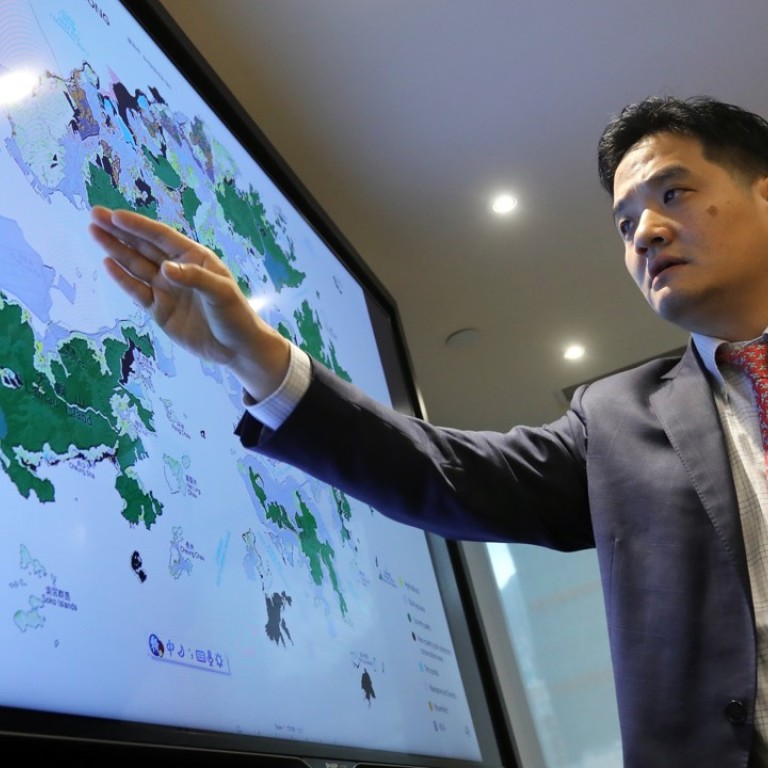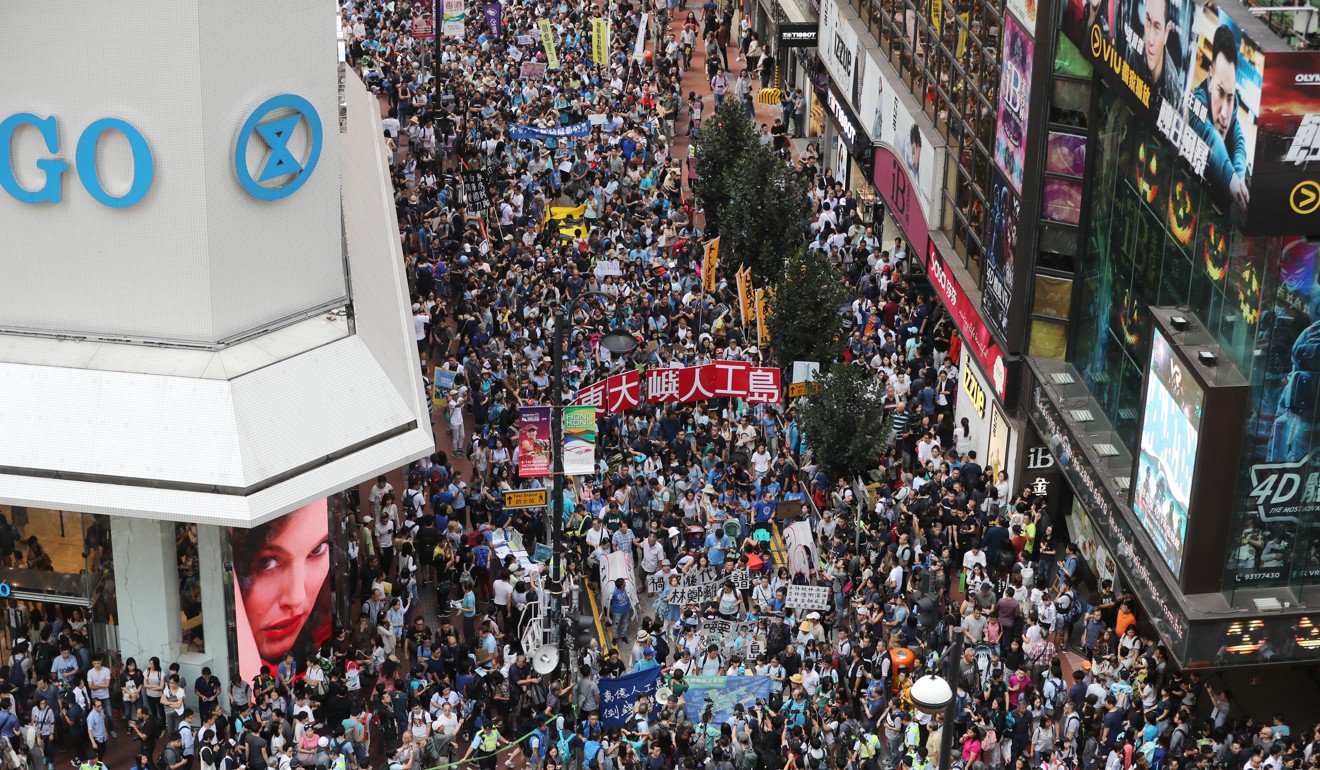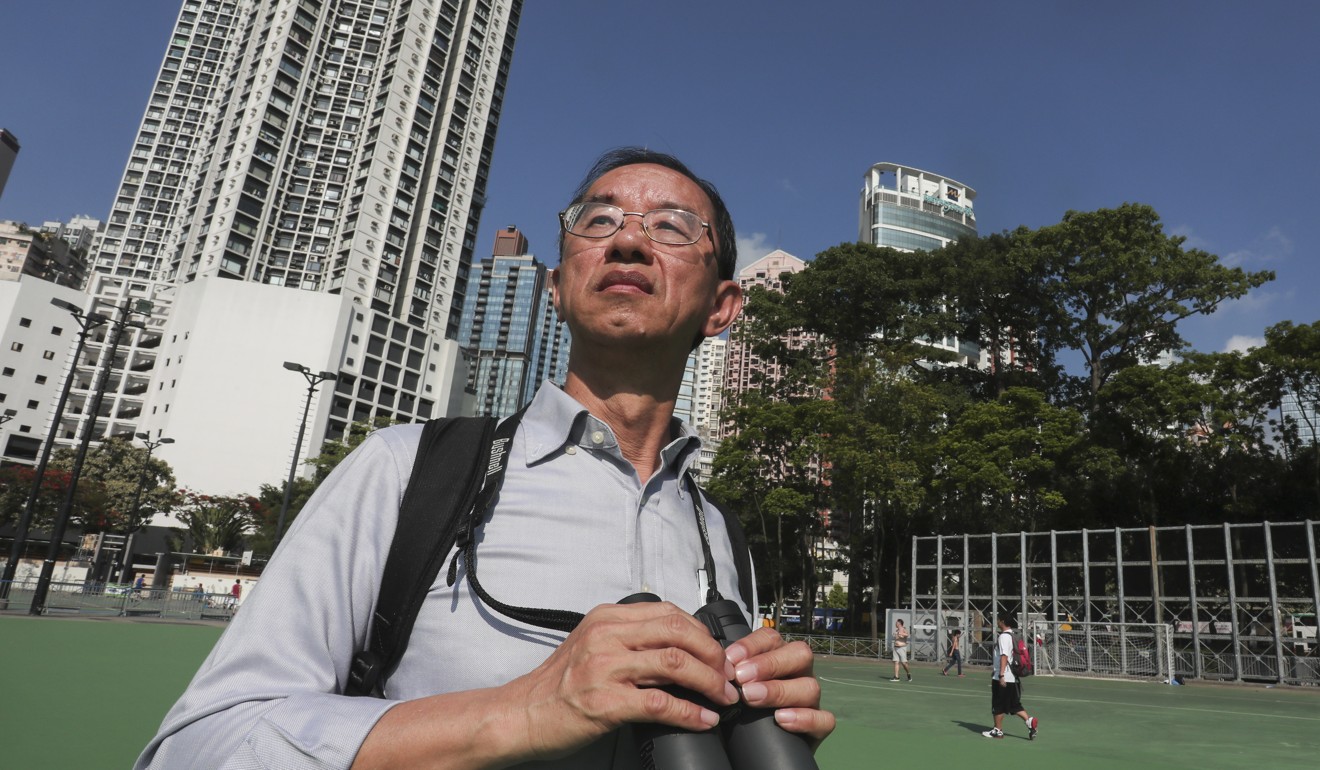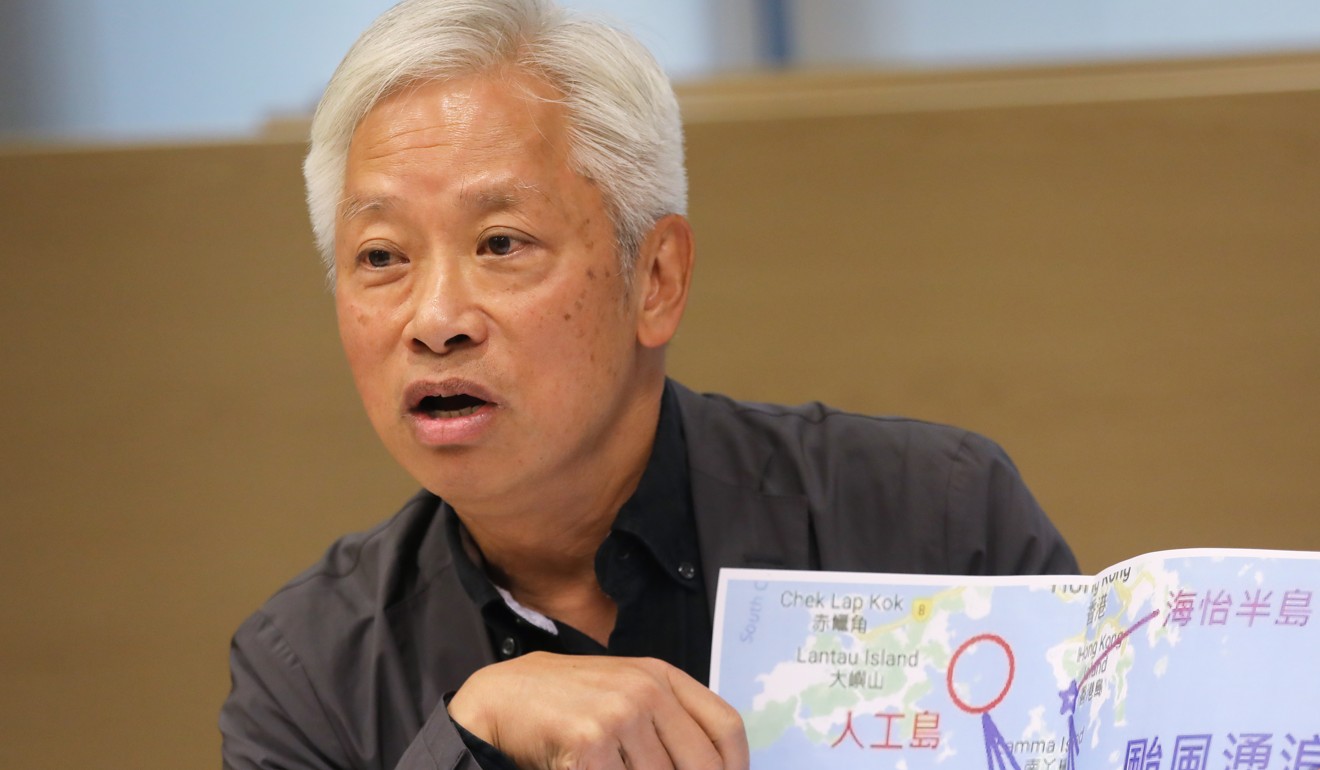
‘Benefits outweigh costs’ of Hong Kong’s massive plan to reclaim land around Lantau Island
Government also faces concerns over safety of planned metropolis amid worsening weather brought by climate change
The hefty price tag for what would be Hong Kong’s largest ever infrastructure project should not be measured against the size of the public coffers, a think tank has said.
That came as the government sought to ease fears that reclaimed land would be vulnerable to extreme weather, set to become more common because of climate change.
The response on Sunday by the government-friendly group founded by former chief executive Tung Chee-hwa, came as environmentalists and other critics lambasted the government’s plan to build several artificial islands totalling 1,700 hectares off Lantau Island for a new metropolis housing 1.1 million people.
Roy Tam Hoi-pong, chief executive of the environmental group Green Sense, had said the project could drain the city’s coffers, estimating it would cost up to HK$1 trillion (US$128.2 billion), almost all of Hong Kong’s fiscal reserves.
But Stephen Wong Yuen-shan, deputy executive director at the Our Hong Kong Foundation, said the frequent weighing of infrastructure costs against the size of government’s fiscal reserves was “illogical” and ignored the potential economic benefits.
“We forget that we have our fiscal reserves because we’ve run budget surpluses for many years, but in many advanced economies like the US, for example, they run perennial budget deficits, have negative surpluses and have to make up the differences by borrowing,” he said.

“Based on this logic, economies without any surpluses should not be able to invest in any infrastructure at all.”
He pointed out that the British colonial government’s port and airport development strategy of the late 1980s – dubbed the “Rose Garden Project” – was more than double the size of the government’s fiscal reserves at the time.
Wong said infrastructure investments brought substantial economic benefits in the form of jobs and commercial activity, as well as land, profits and salaries tax revenues.
The foundation has long supported reclaiming land east of Lantau Island for housing. Earlier this year, it proposed that the government reclaim 2,200 hectares.
According to calculations based on its own proposal, the group estimated that selling a mere 15 per cent of the land on the metropolis could generate HK$500 billion in land-based revenue.
Though Chief Executive Carrie Lam Cheng Yuet-ngor declined to state the project’s predicted cost after announcing it in her policy address last week, a government source said it would be between HK$400 billion and HK$500 billion.
Concern groups said on Thursday that such a large-scale reclamation, based on a projected population of 9 million, was not necessary as official data indicated the number of Hongkongers would peak at 8.22 million in 2043, before declining.
There were also concerns that reclaimed islands would be vulnerable to rising sea levels and extreme weather.

In a blog post on Thursday, former Observatory chief Lam Chiu-ying said that, from a scientific point of view, it was best not to build artificial islands.
He said the government would have to study the risks posed by climate change over the next two centuries including stronger typhoons, storm surges and rising sea levels.
Lam Chiu-ying recently criticised the Our Hong Kong Foundation for “seriously underestimating” the risks of tidal surges, which could reach as high as 11 metres in a one-in-10-year storm.
Wilfred Lau Wai-tong, director of Arup, a multinational engineering firm that partnered with the foundation on its research in July, said he understood those concerns, given the damage caused to the city’s low-lying and coastal areas by typhoons Hato and Mangkhut over the past two years.
But he said the waters east of Lantau were mostly protected from powerful tidal surges by the Dangan Islands in the Wanshan Archipelago, further out in the South China Sea.
Sea swells were unlikely to go higher than two metres, he added.
“Some people say sea levels could surge as high as ten metres in the future. If that is so, most cities – all of Hong Kong Island and Kowloon will be underwater – New York City and Melbourne will be affected, not just the artificial islands.”
This was echoed by Secretary for Development Michael Wong Wai-lun, who told a radio programme on Sunday typhoons should not be a big threat to the reclamations.

In a reference to islands on the east of Lantau, Wong said: “There is Peng Chau and Cheung Chau, and when Mangkhut hit ... their sea walls were OK.”
“We are aware of these concerns, and will look into it carefully when we conduct engineering studies. But our land reclamation cost would not increase to an unreasonable level due to these concerns,” he said.
Taking the reclaimed land in Tung Chung, north Lantau, as an example, Wong said the community was six metres above sea level, and “there was no problem” when Mangkhut hit Hong Kong last month.

